With such a cute and quaint name, one would expect an equally cute and quaint succulent. And, of course, this plant does not disappoint. Resulting from hybridization between Echeveria ‘Tippy’ and Echeveria Lilacina, this lilac tinted succulent is both dainty and unfussy. This is a true beauty that any gardener would happily include in their garden.
How to Identify Echeveria Lola
Identifying this particular Echeveria from its many family members, particularly Echeveria ‘Derenceana’ is a difficult task. This is because many of the key identifiers of Echeveria ‘Lola’ are incredibly similar to other types of Echeveria.
Echeveria ‘Lola’ features spoon-shaped leaves that are colored in a light lilac that sometimes blends into a violet-tinted pink. Its spoon-shaped leaves grow in loose rosettes that reach up to 6 inches in diameter. Another notable feature of this succulent is that it produces yellow or coral-colored bell-shaped flowers in the spring.
Unfortunately, many other Echeveria types grow in a similar shape, produce similar flowers, and have similarly colored leaves. Oftentimes, it is the size of the rosette that gives away the actual Echeveria type. This is the case when distinguishing between ‘Lola’ and ‘Derenceana’ since the rosette on the former type is larger and more open than the latter type.
Where Does Echeveria Lola Grow
Since this is a hybrid succulent, it does not have a native homeland; however, it is designed to thrive in arid regions that typically house succulents.
Uses of Echeveria Lola
This succulent is a great option to use in rock gardens or small containers. It is highly decorative and easy to propagate, so you can get several offsets from one plant and use them to create a succulent display indoors or outdoors.
How to Grow Echeveria Lola from Seed
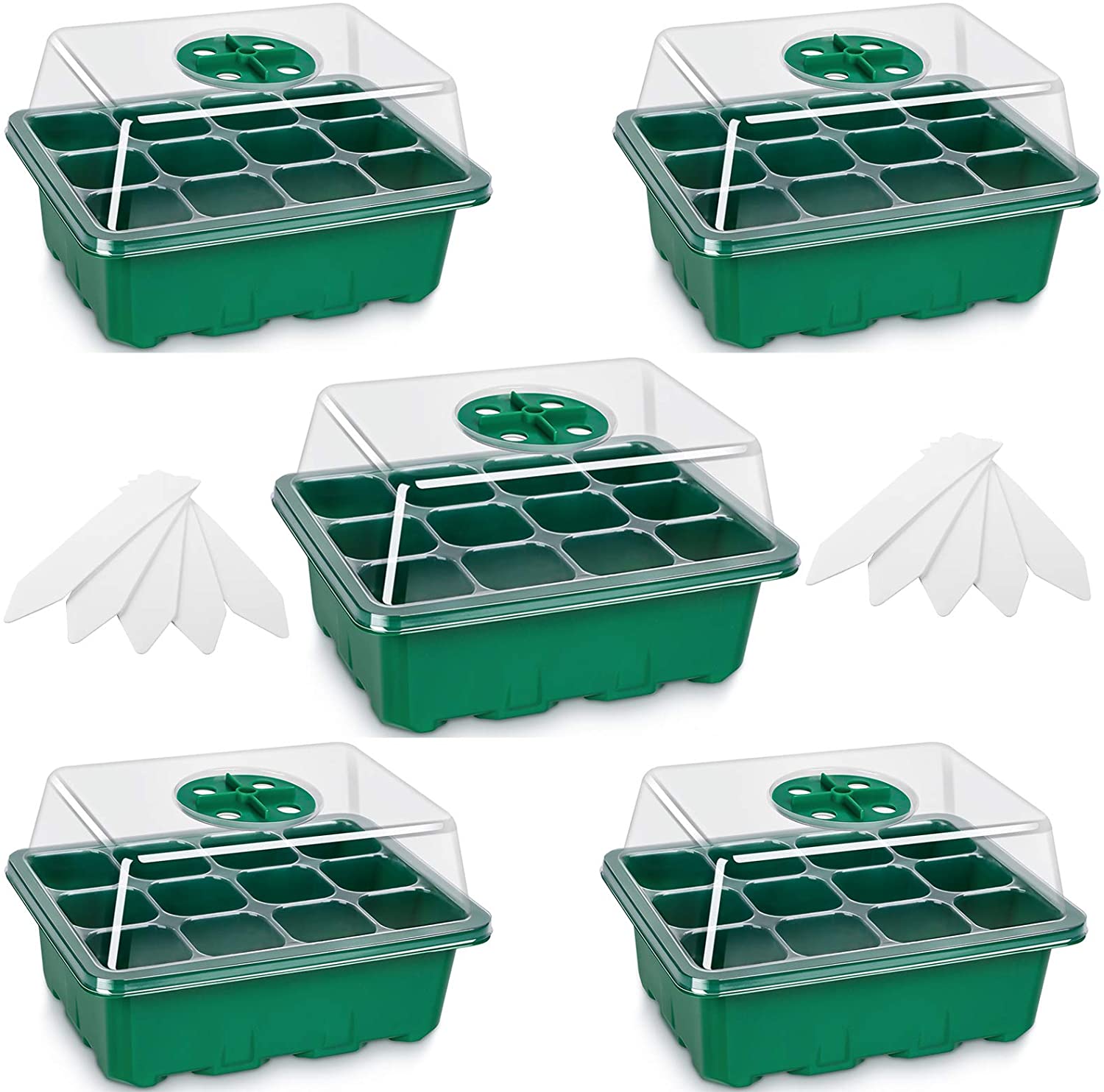
Growing any type of succulent via seed is not a very common method, but it can be done. If you would like to try your hand at growing an Echeveria Lola from seed, gather some seeds that you know are healthy and prepare a seedbed. I recommend that you start out your seeds in a seed tray filled with a seed starting mix. Once you have this prepared, follow these simple steps:
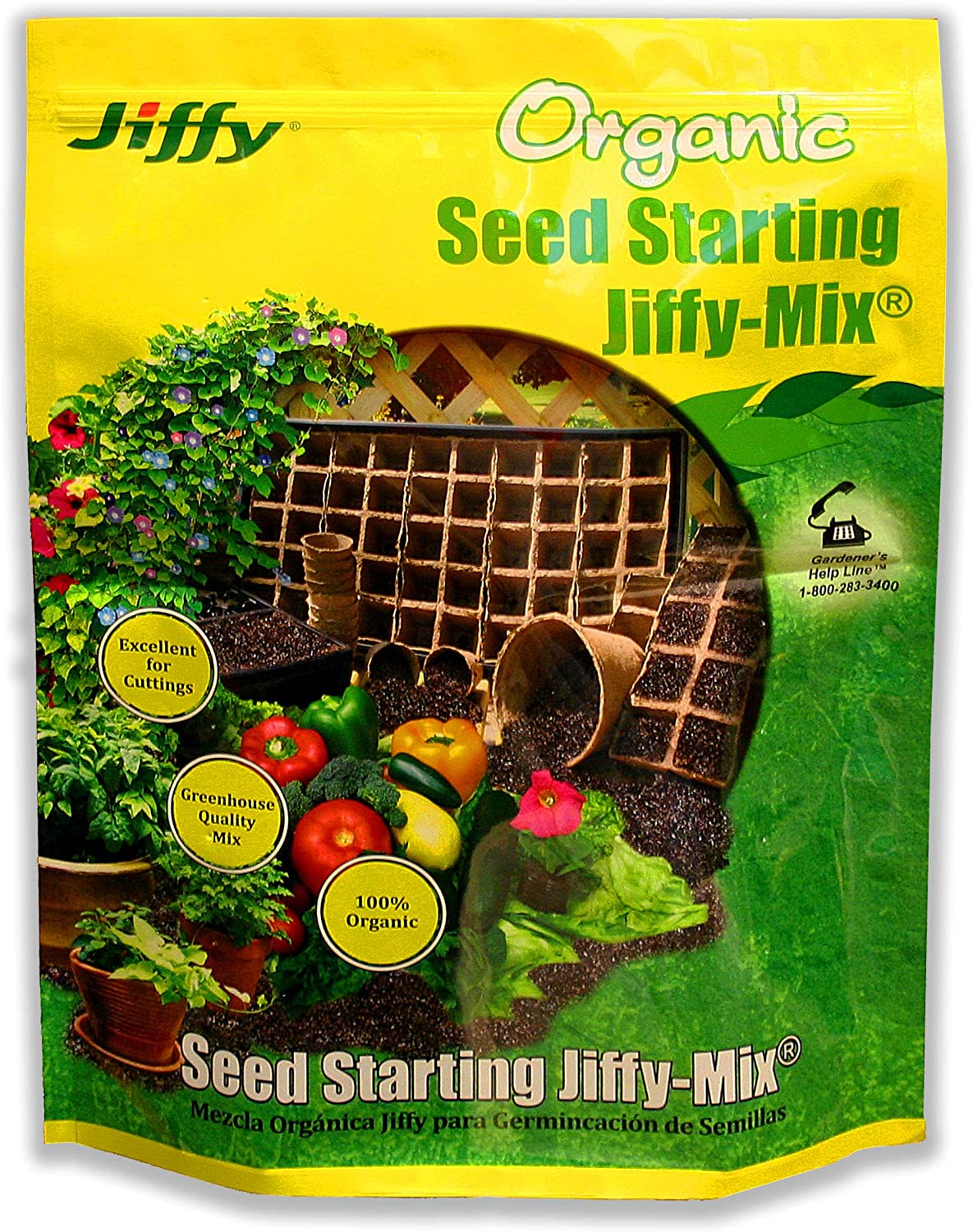
- Place the seeds on the top of the seed starting mix.
- Cover the seeds with a light dusting of the seed starting mix.
- Moisten the seed starting mix with water (do not get it soggy).
- Cover the seed tray with either the tray cover or plastic.
- Set the seed tray in a warm room that receives bright but indirect sunlight.
- Moisten the seed starting mix when it gets dry.
- Remove the tray cover once sprouts appear.
- Transplant the sprouts to permanent containers or garden beds when they are large enough to move safely.
Echeveria Lola Growing Conditions
Succulents are very hardy and unfussy plants, but they do have a few non-negotiable requirements for their growing conditions. If you want to grow the best-looking and healthiest Echeveria Lola possible, be sure to take the following factors into consideration as you prepare your plant’s growing space.
Container
A proper container can make all the difference in how well a plant grows. Succulents such as Echeveria Lola will thrive in a container that has drainage holes and allows moisture to evaporate. You can choose any type of container that suits your style as long as these features are met. I prefer using terracotta pots for my succulents since they provide drainage and moisture evaporation while being stylish and reasonably priced.
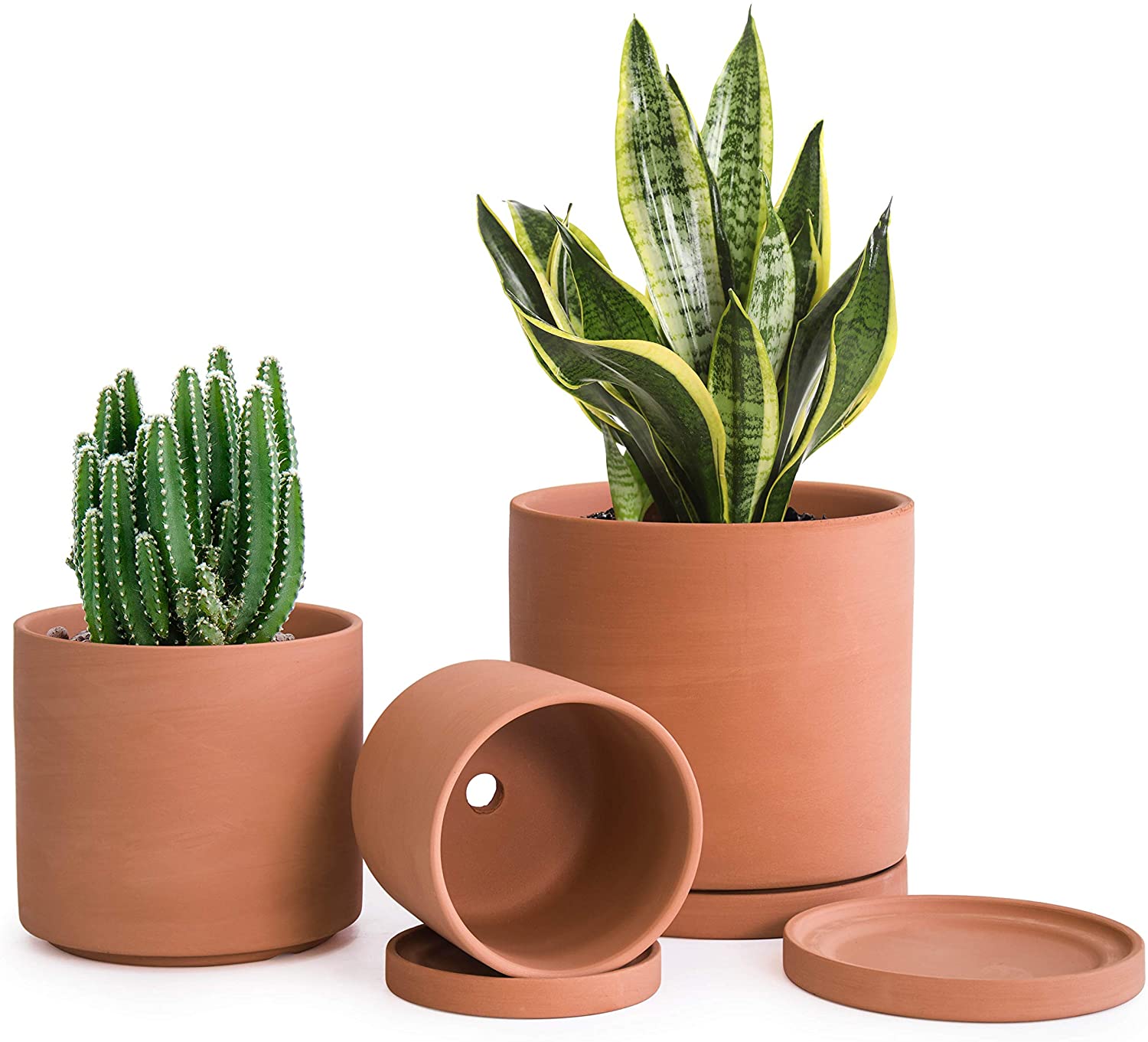
Heat
Most succulents are tolerant of heat and drought but do not withstand cold or rainy weather very well. Echeveria Lola is no exception to this rule. Make sure that your Echeveria Lola is not left in a place where it is exposed to temperatures below 20 degrees Fahrenheit or to rainstorms.
Soil
As with any type of succulent, Echeveria Lola should be planted in soil that is well-aerated and well-draining. Whether you place your plant in a container or a garden bed, it should be provided with soil that can easily and speedily drain off excess water.
I recommend that you try Superfly Bonsai’s succulent and cactus soil mix. It is designed specifically for succulents and it comes with a money-back guarantee.
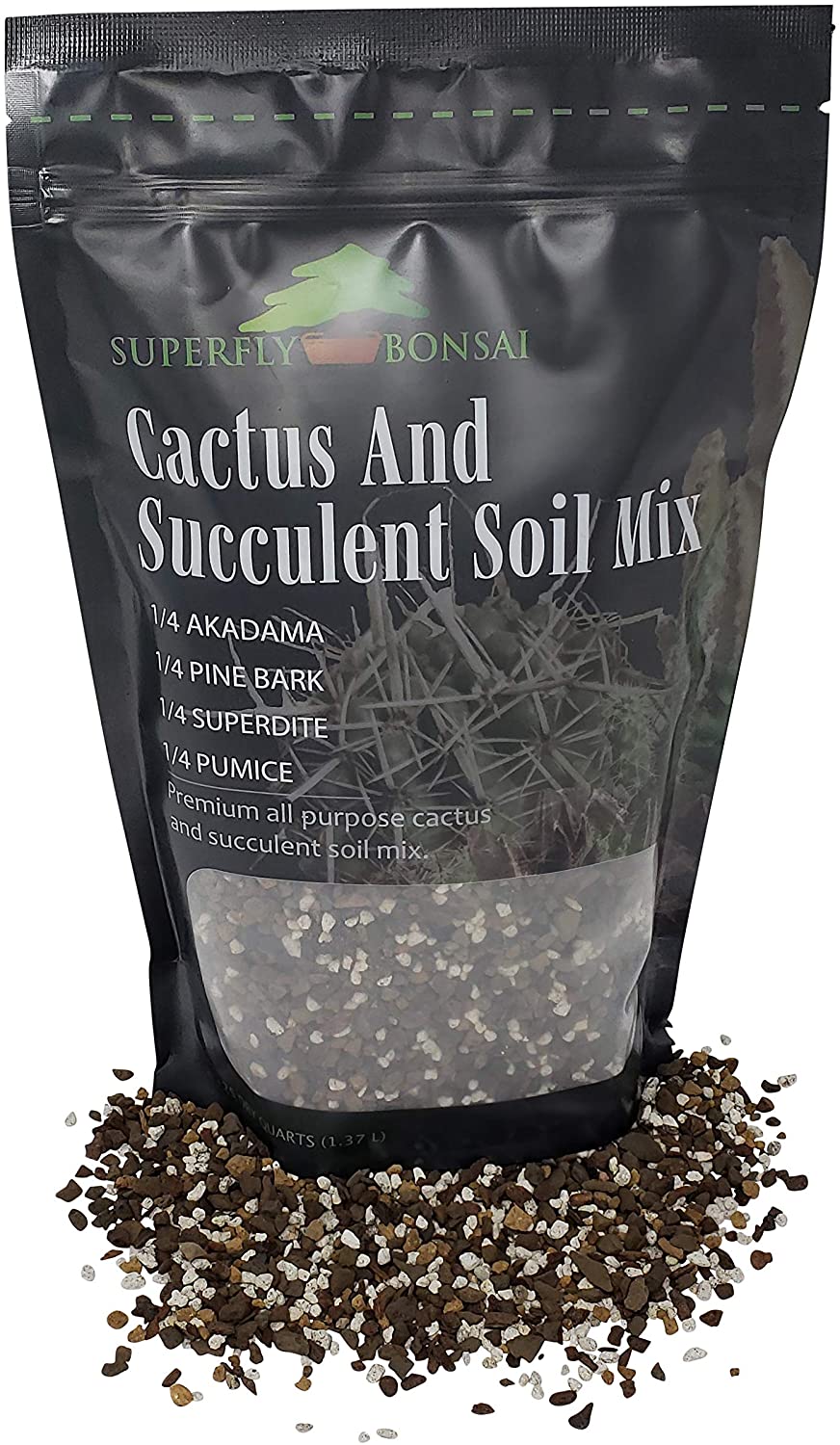
Sunlight
While most succulents thrive on large amounts of direct sunlight, Echeveria Lola actually requires a little more shade than its family members. Sure, it should be provided with a few hours of direct sunlight or a lot of partial sunlight throughout the day, but do not let it soak in the afternoon sun for very long. This plant is susceptible to sunburn so make sure to provide it with a little shade.
Water
There is nothing out of the ordinary when it comes to Echeveria Lola’s water requirements. It should only be watered when the soil around it is dry and it should only be watered using the soak and dry method. If you’re unsure how this watering method works, here are the steps for working through this method with a potted succulent:
- Fill a sink or a tub with water.
- Set the plant container in the water so that the water can soak up through the drainage holes but does not overflow the top of the container.
- Keep the container in the water for up to 15 minutes.
- Remove the container from the water and give it a few minutes to drain off any excess water.
When to Plant Echeveria Lola
This succulent will grow its best when it is planted at the beginning of its growing season, with is spring and summer.
How to Plant Echeveria Lola
The steps for planting most succulents are basically the same. They are simple and should not cause you any hassle.
- Remove the plant from its current container.
- Fill the new container two-thirds full with a succulent potting mix.
- Set the plant on top of the potting mix in the new container.
- Pour in more potting mix to cover the plant’s roots and secure the plant in its new home.
- Water the plant in the soak and dry method after a few days.
Best Echeveria Lola Fertilizer
Plan to fertilize your Echeveria Lola only once a year at the beginning of spring. I recommend that you use a fertilizer that is gentle and eco-friendly. EarthPods Cactus & Succulent Plant Food Capsules is a great fertilizer that is easy to use and is safe for pets and children to be around. You can’t ask for anything better than this.
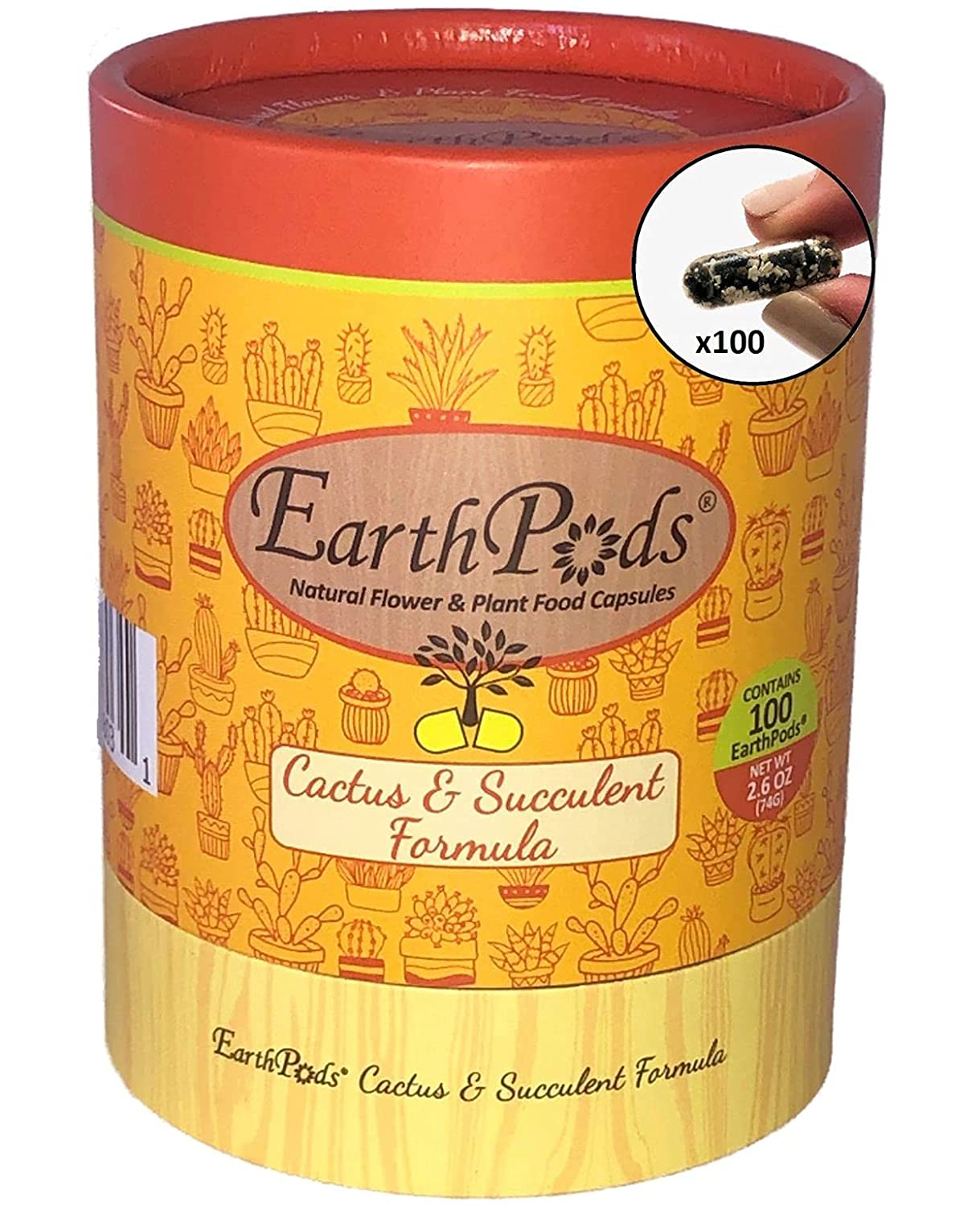
Best Echeveria Lola Companion Plantings
While I do love a pot that contains only one succulent, I also love plant containers that are brimming full of succulent varieties. Just imagine all the shapes, sizes, colors, and textures that can fit into one container; this is a beautiful thing that you should definitely try. If you’re feeling a little adventurous, why not add one or more of the following succulents as a companion planting alongside your Echeveria Lola. Don’t worry, I’ve only gathered recommendations that require similar care and growing conditions; you won’t need to learn anything new.
Echeveria Elegans
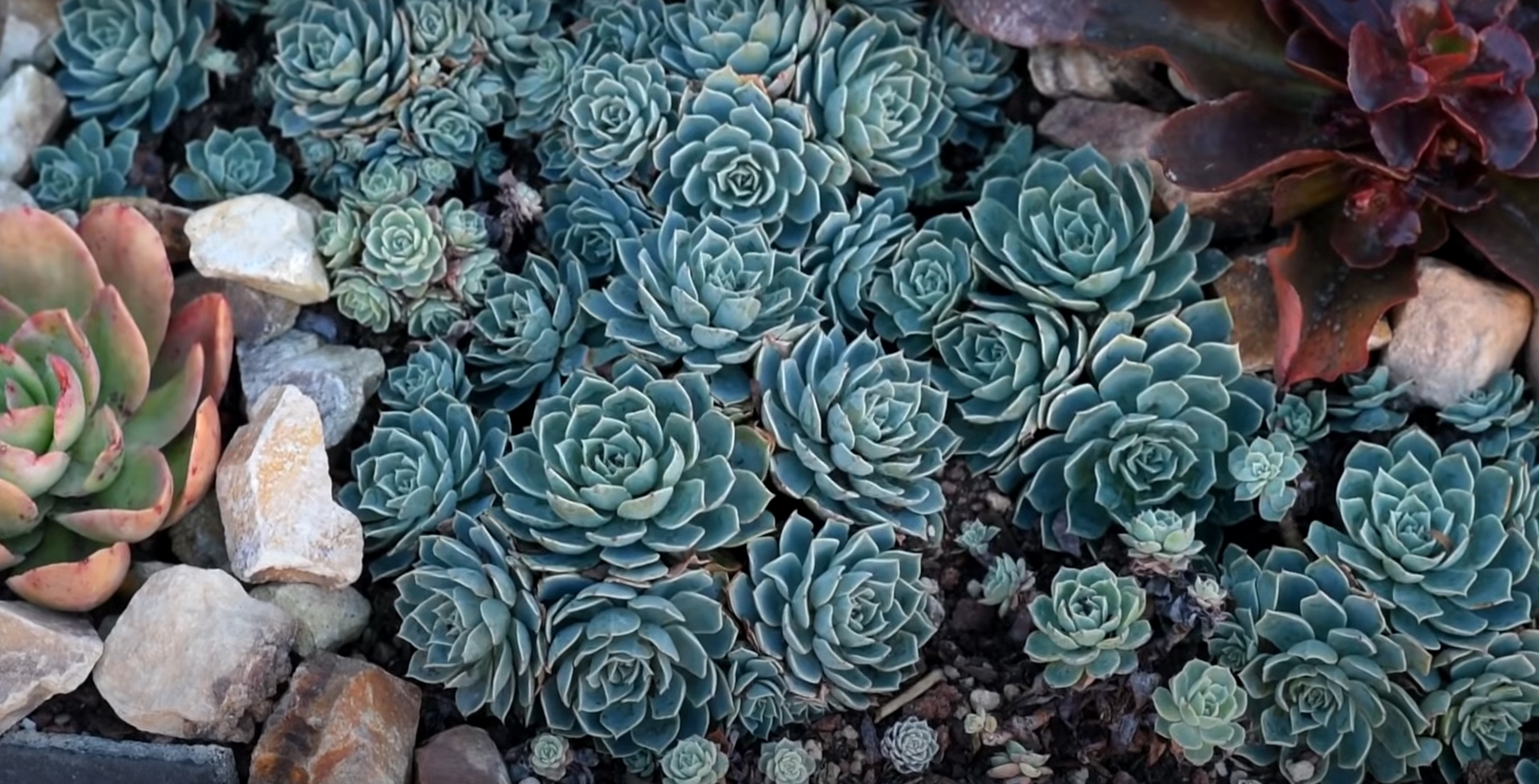
As a native of Mexico, Echeveria Elegans will love similar soil, water, sunlight, and heat conditions as your Echeveria Lola. Plus, it comes in a shape, size, and color that will complement your ‘Lola’ in the best of ways.
Care Tips
Echeveria Elegans require partial to full sunlight, warm temperatures, an arid climate, and well-draining soil.
Pros
- Echeveria Elegans will reproduce itself throughout its growing season
- Echeveria Elegans can turn shades of red when healthy stressors are applied to it
Cons
- Echeveria Elegans is not cold hardy
- Echeveria Elegans is susceptible to infestations of aphids, mealybugs, and vine weevils
- The leaves of Echeveria Elegans cannot be cleaned with neem oil because they have a waxy coating on them to protect against sun damage
Echeveria Lilacina
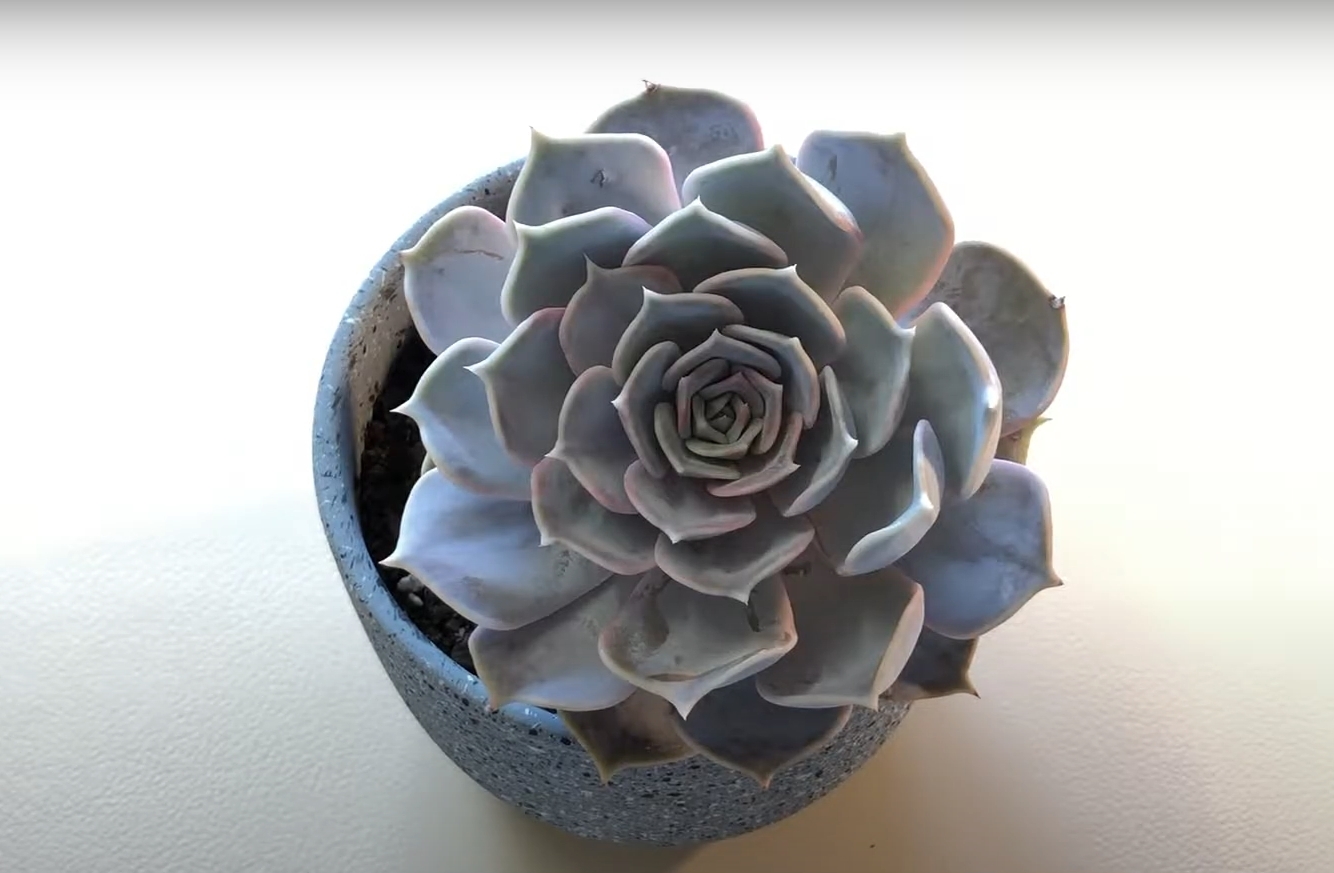
As one of the parent plants of Echeveria Lola, you should have no problem adding it to the same container. It also is a lilac color with spoon-shaped leaves formed into a tight rosette. Setting these two next to one another is sure to create an exquisitely beautiful display.
Care Tips
Echeveria Lilacina should be provided with well-draining soil, plenty of heat and sunlight, and only watered when the soil around it is dry.
Pros
- Echeveria Lilacina has care requirements and growing conditions that are similar to Echeveria Lola
Cons
- Echeveria Lilacina is susceptible to infestations of fungus gnats, mealybugs, spider mites, and scale insects
- Echeveria Lilacina is susceptible to root rot from overwatering
Aloe Aristata
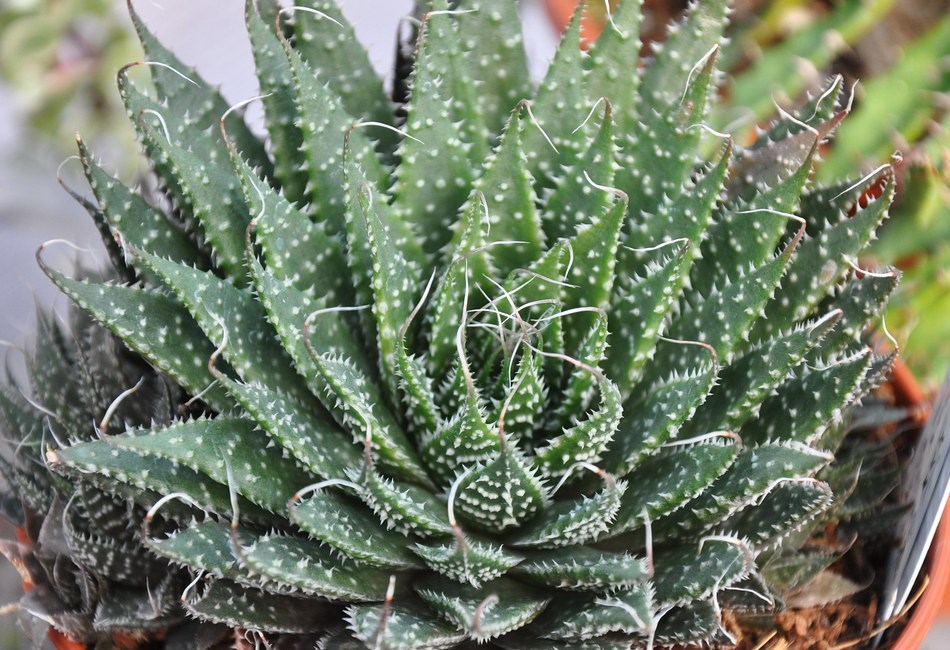
Although this is not an Echeveria, it still requires similar care. In fact, this succulent is so easy to grow and care for that is recommended for beginner gardeners.
Care Tips:
Aloe Aristata should be set in well-draining soil with access to plenty of heat and sunlight. It should be watered sparingly and only in the soak and dry method.
Pros:
- Aloe Aristata has care requirements and growing conditions that are similar to Echeveria Lola
- Aloe Aristata can grow under glow lights if sunlight is not available
- Aloe Aristata reproduces itself during its growing season
- Aloe Aristata produces reddish-orange blooms
- Aloe Aristata attracts birds but resists deer
Cons:
- Aloe Aristata is susceptible to mealybugs and scale insects
- Aloe Aristata is toxic
Echeveria Lola Diseases and Common Problems
While this is a relatively healthy, hardy, and disease-free succulent, there are a few things you should watch out for. These are root rot, fungus, and mealybugs. Let’s talk about each of these in detail so you are prepared for dealing with and preventing them.
Fungus
This is brought on by poor watering methods and allowing dead leaves to rot alongside the plant. Prevent your plant from procuring a fungal disease by learning when and how to properly water it (soak and dry) and by regular cleaning and pruning.
Mealybugs
These pests are also brought on by poor watering methods and dead leaves. Prevent them from attacking your plant by using the soak and dry method, keeping the soil clean, and applying some diatomaceous earth to the plant container or garden bed.
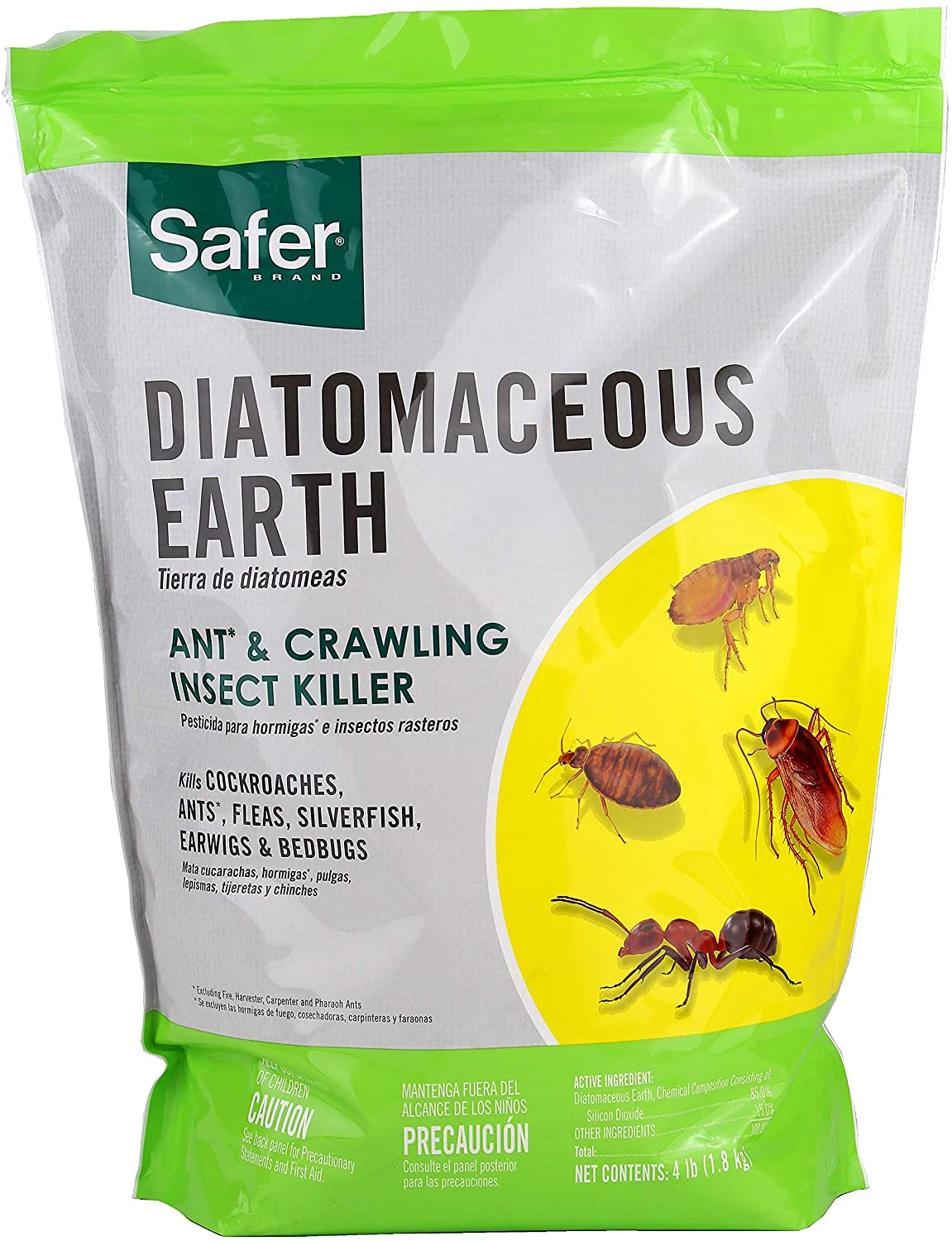
If you do notice cotton-like spots on the stems and the leaves of your plant, you can treat the mealybug infestation by lightly spraying it with a mixture of alcohol and water.
Root Rot
This is also brought about by poor watering methods. If you learn how to properly water your succulents, you should never need to worry about root rot. However, if you notice that the leaves of your plant have turned yellow, mushy, and/or translucent, you will need to quickly treat the plant if you want to save it. Here’s how:
- Remove the plant from the soil it is in.
- Cut off any rotten roots or leaves with a sterile cutting utensil.
- Allow the plant to callous for a few days.
- Replant the plant in fresh, clean, and dry succulent potting mix.
- Water the soil after a few days.
Where to Buy Echeveria Lola Seeds Online
I don’t recommend that you purchase succulent seeds online; that is unless you can find a reputable seller that has plenty of customer reviews and ratings. Before you purchase any seeds online, do a little research into the seller and make sure you feel completely comfortable with the purchase. If you do decide to go this route, then I recommend you contact the following sites to find out if they have access to Echeveria Lola seeds.
Where to Buy Echeveria Lola Plants Online
While I think that purchasing succulent seeds from an online seller is risky, I don’t mind recommending that you purchase plants online. There are plenty of top-rated online shops where you can find excellent service and products, but these three are some of my favorites that are currently selling Echeveria Lola:
FAQs
Question: Is Echeveria Lola Toxic?
Answer: While this plant is generally considered non-toxic to both humans and animals, it is still a good idea to keep small children and pets away from them.
Question: How Large Does Echeveria Lola Grow?
Answer: This particular succulent can grow up to six inches tall by four inches wide.
Question: Can Echeveria Lola be Propagated via Leaves or Cuttings?
Answer: Yes, in fact, these are the best way to purposefully grow more of this succulent. If you want to grow more Echeveria Lola from your current plant, either twist off a healthy leaf or cut off part of the plant with a sterile cutting utensil. Once you have removed this part of the plant, set it out for at least three days so it can callous. After this time, plant it in fresh, clean, and dry succulent soil. Wait a few days and water it in the soak and dry method. It should begin producing its own root system in a few weeks or months.
Question: In Which USDA Hardiness Zones Can Echeveria Lola be Planted?
Answer: If you intend to keep your Echeveria Lola outside all year, you should move to zones 9b to 11b. Otherwise, plan to pull your plant inside during the winter or rainy seasons.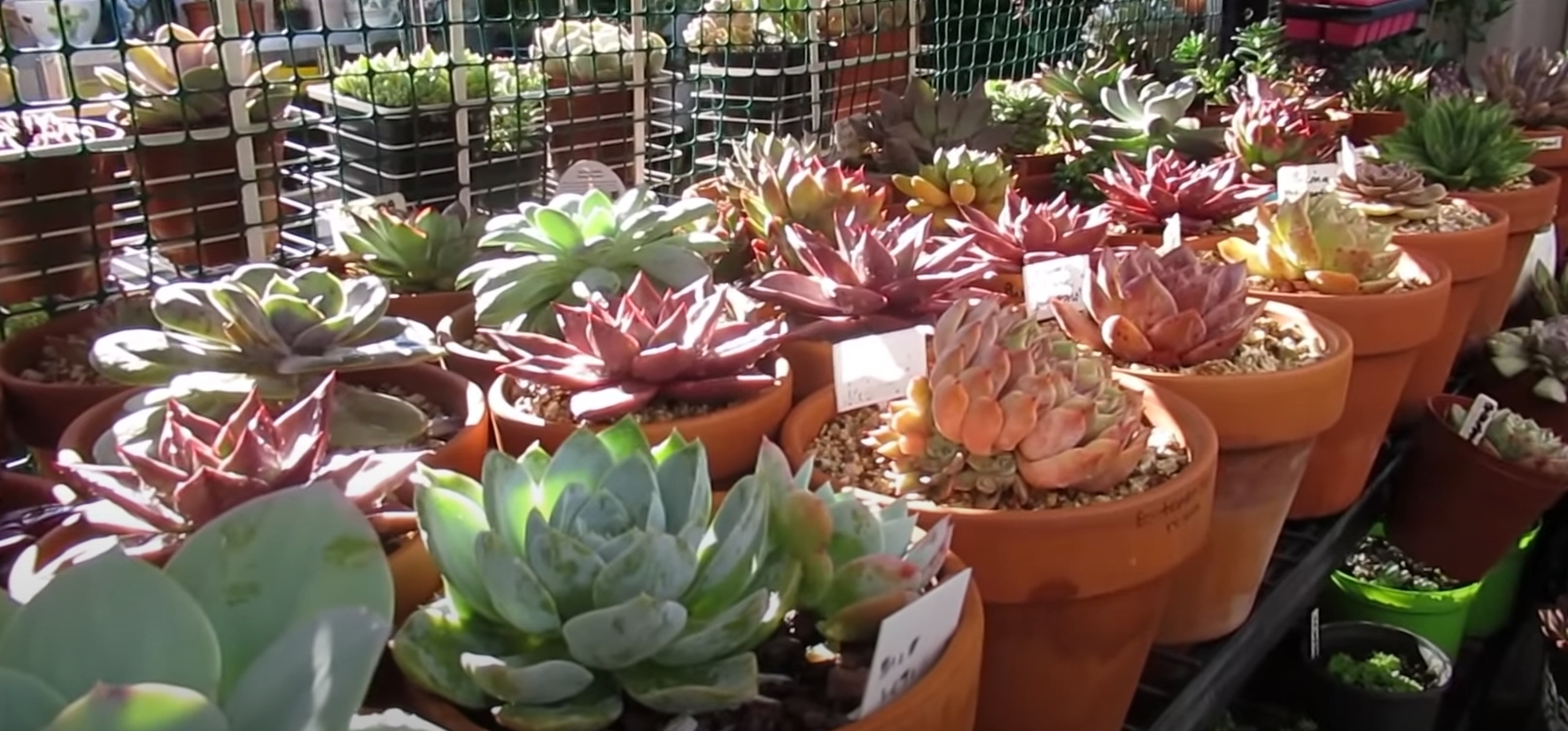
Concluding Words
For those of us who love gardening but don’t want any hassles, Echeveria Lola is the perfect solution. This dainty little succulent provides beauty and elegance without any fuss or frenzy. If you don’t have a succulent garden yet, go get one of these and begin growing your own little paradise.
Research Citations
Continue reading:
Succulent Types and Varieties: The Ultimate Guide
How to Grow Succulents – All You Need to Know!
- Lophocereus Marginatus (Mexican Fence Post Cactus) - January 10, 2022
- Best Cactus Fertilizer Guide - January 9, 2022
- Selenicereus Grandiflorus (Queen of the Night) - January 3, 2022


